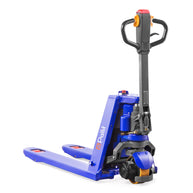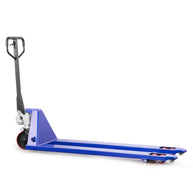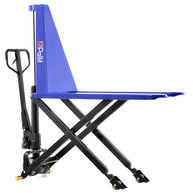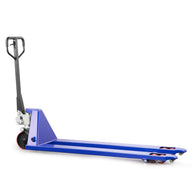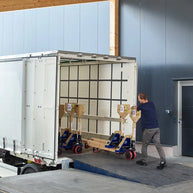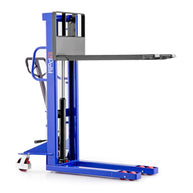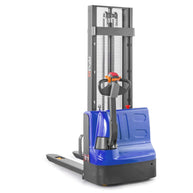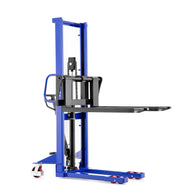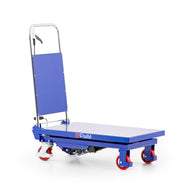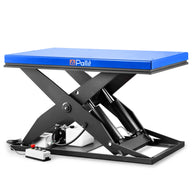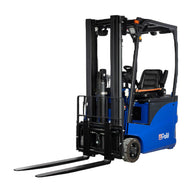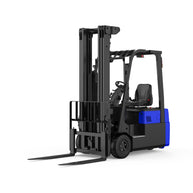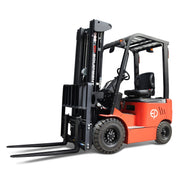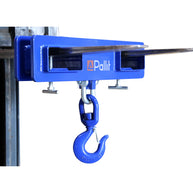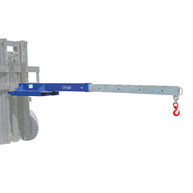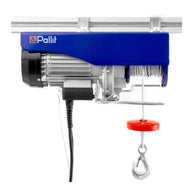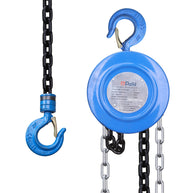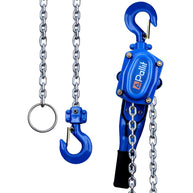goods receipt

receipt of delivered goods
The term goods receipt stands for a component in the materials management process and is a business process in intralogistics . It also represents the interface between internal and external materials management.
relevance and tasks
Goods receipt is part of the materials management process and is relevant for the performance of a warehouse. Poor planning and organization can lead to disruptions in operations. With goods receipt, companies ensure the supply of semi-finished products, raw materials, auxiliary materials and operating supplies as well as finished products. The tasks of goods receipt include, for example:
- checking the goods
- Intermediate storage until completion of incoming goods inspection
- unloading delivery vehicles
- Unpacking and sorting the goods
- marking of goods, labeling
- booking the goods
Sequence
- The goods are accepted by the customer: Acceptance of goods
- The goods are checked for possible complaints: Incoming goods inspection with quality control
- Receiving, checking and recording: central tasks of goods receipt
- documentation
- forwarding or use of the goods
Incoming goods inspection and documentation: In this step, various documents must be checked, such as packing lists, delivery notes or forwarding agent handover protocols as well as customs documents for deliveries from abroad. The documentation enables proof of a seamless process chain should claims for recourse arise. A digitalized incoming goods inspection is helpful.
Complaints: In this step, the delivered goods are checked for defects. This includes the quantity, quality and correctness. If defects are found here, the goods must be complained about to the supplier. This step is the most important in the goods receipt process. As long as no defects are found, the delivered goods are considered correct and cannot be complained about later. Defects that are not visually visible at first glance are excluded. If the goods are (visually) free of defects, the customer confirms the correct receipt to the freight carrier on a consignment note. In addition, a goods receipt note is created.
Incoming goods inspections are carried out by restaurants, supermarkets or other food businesses, by freight forwarders, logistics service providers or by companies that further process goods - so-called manufacturing companies.
Posting goods receipt
Goods receipt is both an intralogistics process and an accounting process. Since goods are received and accepted during the goods receipt step, this means that the company's inventory is increased and capital is tied up. Therefore, accounting requires the corresponding documents for the respective postings. These are provided in the form of delivery notes or incoming invoices.
goods issue
The counterpart to goods receipt is goods issue. It describes two processes: firstly, the function of selling goods in materials management and, secondly, the posting to the goods issue account in financial accounting.
Goods issue represents the interface between internal and external materials management.
equipment for receiving goods
The goods receipt area is usually equipped with ramps, gates, staging areas or functional areas. Appropriate equipment is useful to ensure that everything runs smoothly.
- For unloading trucks or other delivery vehicles, high lift trucks are suitable, for example, if no ramp is available
- For immediate weighing of goods during incoming goods inspection, the electric pallet truck with scale is the perfect helper
- In order to transport the received goods to tables or other functional surfaces in order to check them, scissor lift trucks or lifting tables can be a sensible investment. They transport heavy loads ergonomically to the desired height
- Low-lift trucks are ideal for moving palletized goods; for particularly heavy goods or for continuous use, electric pallet trucks can be considered, as they automate work processes, save time and thus enable more efficient work
- Transport trolleys, sack barrows or transport rollers can also be used to transport delivered goods


